THe guide to using soft plastic worms for bass fishing
Plastic worms are one of the most versatile lures for bass fishing. There are a huge amount of styles, shapes and colors. In fact there are so many plastic worm options it can be overwhelming. Add to that the amount of ways there are to rig soft plastic worms and your choices for planning your assault on unsuspecting bass is nearly endless.
Let's break them down to cut down on the clutter and give you a guide for using them to target your next lunker.
Plastic Worms - Colors and Sizes
The first thing you should decide on is what type of plastic worm you want to use when it comes to size and color.
When using worms in clear, open water opt for smaller sizes, 3 to 4 inches. In this type of water the bass should be able to easily spot your lure so you don't need to draw too much attention and risk scaring them off.
When using around areas with a lot of cover, for example, grass beds, laydowns with branches and grass and around grassy shores, a more visible size would be ideal. 5 inches or more.
The season and the effect it has on water temps also needs to be taken into account when deciding on a size. You want to offer something that bass typically are accustomed to during those seasons.
Learn more about seasonal habits of bass.
Color is also driven by several factors in the water you are fishing. The general rule has always been the clearer the water, the more natural colors you should be using for your soft plastic worms. Use brighter, more visible worms for murkier, dirty water.
Read more on selecting colors for bass fishing.
Some of the most effective plastic worm colors you should at least have on hand include:
- Green Pumpkin
- Black with Blue Flake
- Watermelon Red
- Junebug
A Ton of Plastic Worm Styles
After you have an idea of size and color in mind, it's time to select a style of plastic worm that’s going to get your next lunker bass. There are a ton of different shapes and styles. Each one has its own advantages and I would be lying if I told you I knew which ones worked best for every situation. What we can do is simplify the styles into 2 categories and then give some idea on when to use each.
Curly tail worms - These types of worms are best used when you need to add a little more action and even vibration to your presentation. Be it in dark, murky water or when you are working areas with a lot of cover.
Some popular curly tail worms include:
Straight tail - These are the most common style of plastic worms and probably the most widley used. More people swear by the simplicity of these lures than any other. With a truckload of ways to present them, there is almost always a hungry bass ready to devour these worms.
Here are a few of the most popular kind of straight tail worms you may have heard of.
More on different styles of worms and when to use them.
Rigging Soft Plastic Worms
The next step is setting up your line for bass fishing with soft plastic worms. There may be as many ways to rig your worm as there are varieties of this bass lure. Again, to cut through the clutter we’ll go over a few of the most popular ways to use the styles we just spoke about.
But first let's discuss the hooks that you need to rig them. There are a few common types of hooks that are made specially for worms.
- Straight shank
- Offset and
- Wide gap hooks
For the most part, straight shank and offset hooks will be used with your finesse or weightless applications where you are using smaller worms. The wide gap hooks are ideal for bigger, bulkier worms and especially in the case of the Texas and Carolina rigs.
There are also specific dropshot hooks you should use if that’s the rig you decide to go with.
Many already know the 3 top ways to rig your soft plastics are the Texas and Carolina rigs and the dropshot. We go into detail on these bass fishing rigs with videos here. As many ways as you can think to put a worm on hook is as many options you will have when fishing these lures. You shouldn’t limit yourself to what you see on videos or read online.
Soft plastic worms can be presented a number of ways. In addition to the 3 mentioned above, you can also use them on a jig (another component that is endless in its options). Or simply put on a hook as a wacky rig. Or a shaky head. These methods are more suited to straight tail worms but again don’t limit yourself. Changing it up may be the ticket to catching more bass than others who stick to the “rules”.
How to fish Plastic Worms
Now that you have everything ready to go, the next natural question is “How do I work plastic worms to catch bass”. There are a couple of tried and true ways of doing this.
If you are fishing areas with specific cover, you can simply pitch your lure to the target area. Hitting all sides and angles. Pitch and retrieve, pitch and retrieve
If you are fishing more open areas or sparse structure such as humps or points you can cast out and simply bounce it back to you. Change up the speed of the bounce until you find out what's getting them to bite. Add some shakes and shimmys to the equation and find what the bass are going to respond to.
You can also use a cast and drag method. This technique is most often used with the Carolina rig. When you work the lure in this way you also get a chance to use the sinker as a way to feel any surface changes in the lake bottom through your rod.
A dropshot is more of finesse technique. This means its going to be fished very slow. I typically like to cast to a target area and let it sit for a few minutes. I’ll move the line with my finger to give the worm some action. After a few, I’ll lift my rod tip up to move the rig to another spot and continue this until I either get the bite or work my lure back to me.
More on fishing with worms
Here are 10 great tips on using soft plastic worms. via @Wired2Fish
A great in depth look at soft plastic worms. via @BHOAdventures
Don’t be afraid to bend the rules. Like fishing finesse worms on a Texas Rig. via @FLWFishing
What's Next?
- Please "Share" this article on your favorite social media sites.
- Sign up for our email list for more great bass fishing tips and tactics and FREE Printable tip sheet.
- Follow us by clicking on your favorite social media icon at top or bottom if on mobile
Learn more about Largemouth bass fishing.
Go back to the Bass fishing home page.
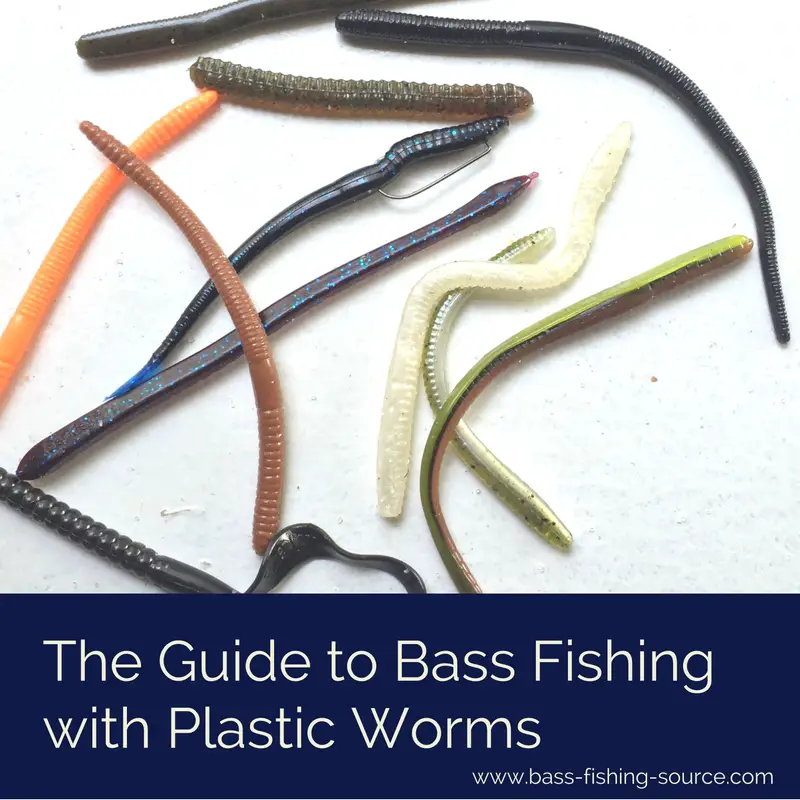
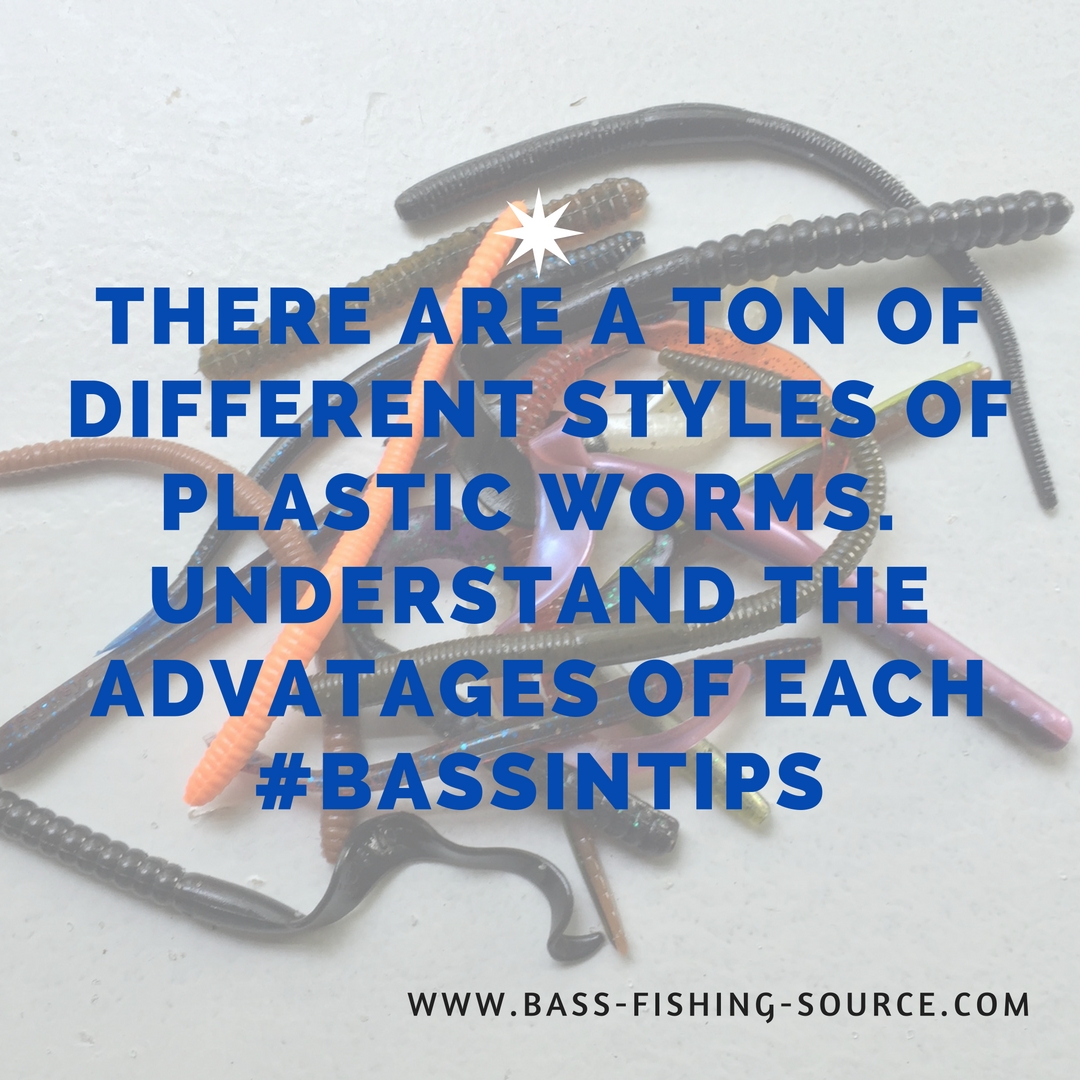
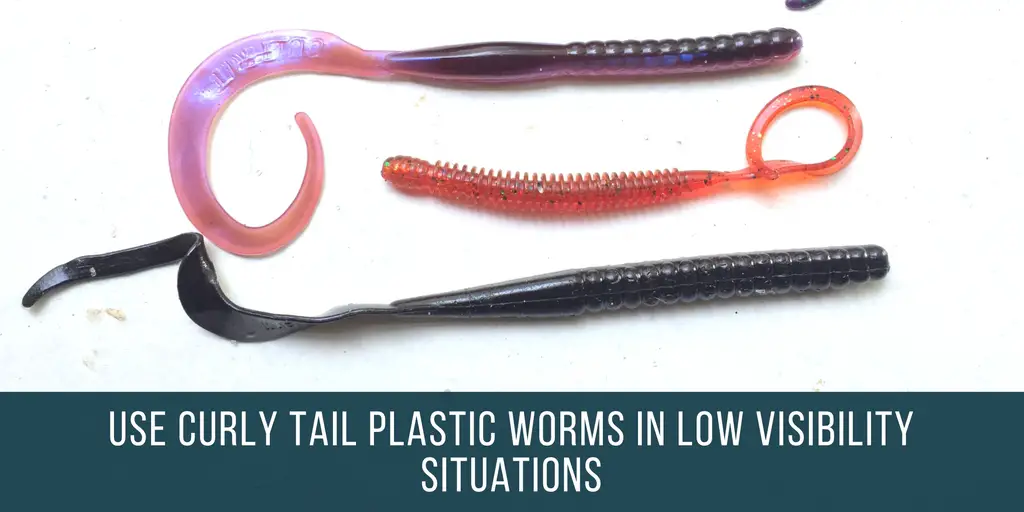
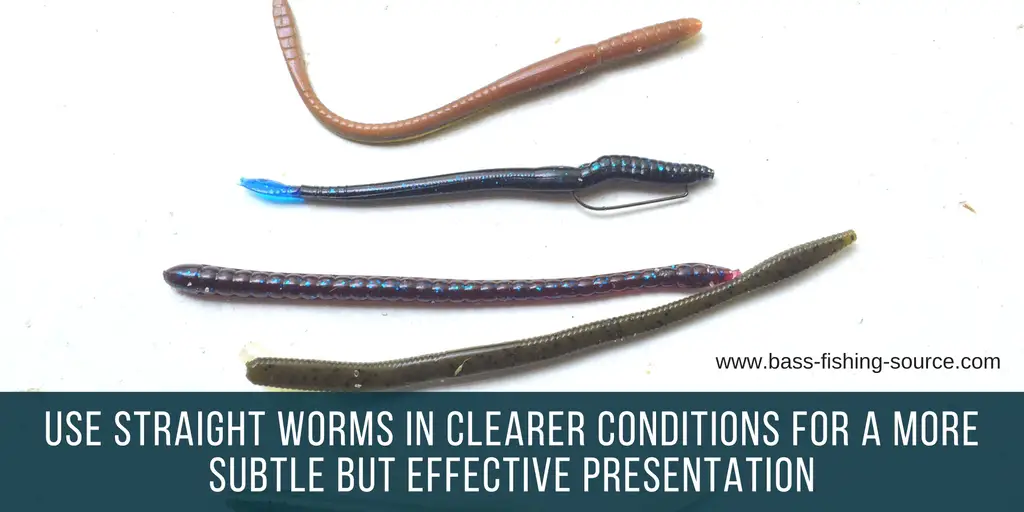
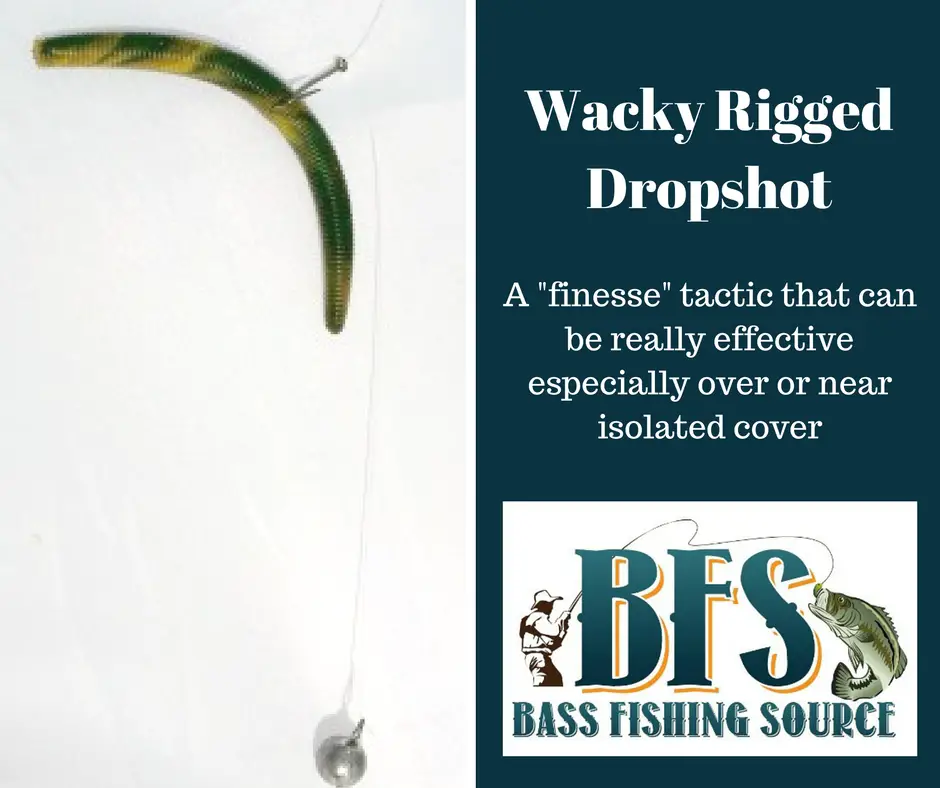
New! Comments
Let us know what you think! Leave us a comment in the box below.